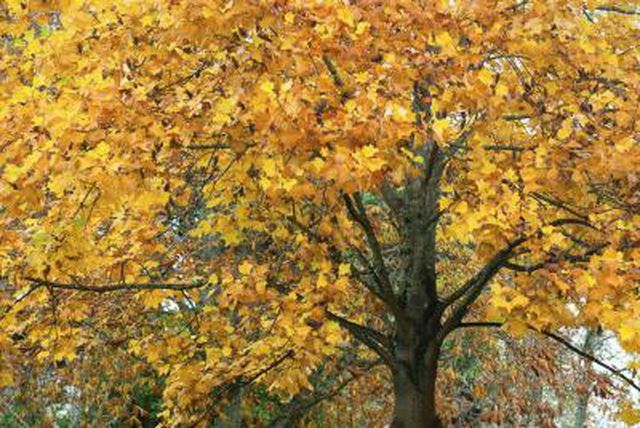Bulbs
Flower Basics
Flower Beds & Specialty Gardens
Flower Garden
Garden Furniture
Garden Gnomes
Garden Seeds
Garden Sheds
Garden Statues
Garden Tools & Supplies
Gardening Basics
Green & Organic
Groundcovers & Vines
Growing Annuals
Growing Basil
Growing Beans
Growing Berries
Growing Blueberries
Growing Cactus
Growing Corn
Growing Cotton
Growing Edibles
Growing Flowers
Growing Garlic
Growing Grapes
Growing Grass
Growing Herbs
Growing Jasmine
Growing Mint
Growing Mushrooms
Orchids
Growing Peanuts
Growing Perennials
Growing Plants
Growing Rosemary
Growing Roses
Growing Strawberries
Growing Sunflowers
Growing Thyme
Growing Tomatoes
Growing Tulips
Growing Vegetables
Herb Basics
Herb Garden
Indoor Growing
Landscaping Basics
Landscaping Patios
Landscaping Plants
Landscaping Shrubs
Landscaping Trees
Landscaping Walks & Pathways
Lawn Basics
Lawn Maintenance
Lawn Mowers
Lawn Ornaments
Lawn Planting
Lawn Tools
Outdoor Growing
Overall Landscape Planning
Pests, Weeds & Problems
Plant Basics
Rock Garden
Rose Garden
Shrubs
Soil
Specialty Gardens
Trees
Vegetable Garden
Yard Maintenance
Tulip Tree Facts
Tulip Tree Facts. The tulip trees, often referred to as a white or yellow poplar, is actually a type of magnolia. The tall tree with the tulip-shaped leaves and striking greenish yellow blossoms is the state tree of Kentucky, Indiana and Tennessee. Tulip trees can be planted in the home landscape where they will provide ample shade for many years,...
The tulip trees, often referred to as a white or yellow poplar, is actually a type of magnolia. The tall tree with the tulip-shaped leaves and striking greenish yellow blossoms is the state tree of Kentucky, Indiana and Tennessee. Tulip trees can be planted in the home landscape where they will provide ample shade for many years, but give them plenty of growing room.
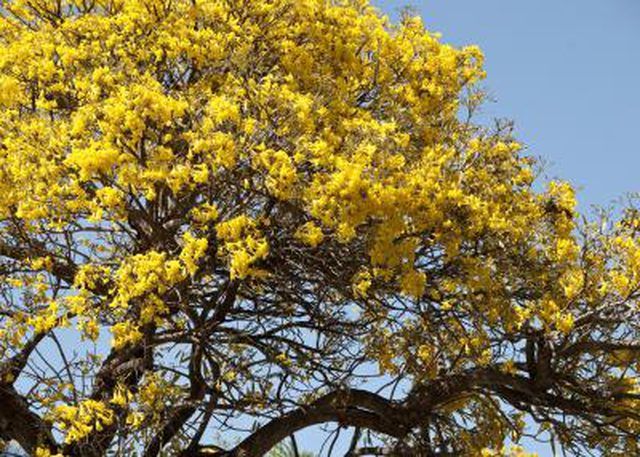
Tulip trees are native to the entire eastern United States, and are especially abundant in the Ohio River Valley and the mountains of West Virginia, Kentucky, North Carolina and Tennessee.
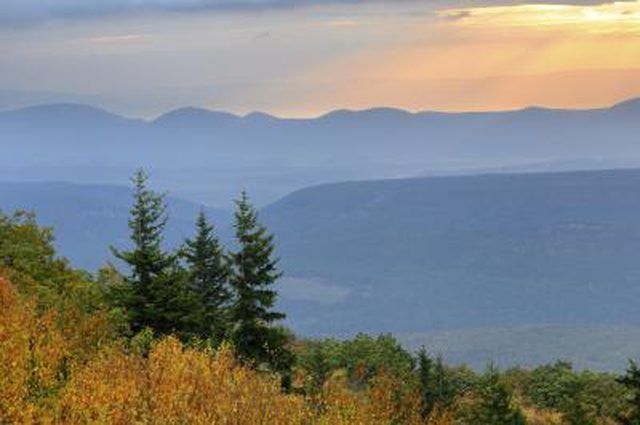
Tulip trees are adaptable and thrive in the sub-zero winters of New England and upstate New York to the heat of Florida and Louisiana. It thrives in moist climates, in areas with well-drained soil.
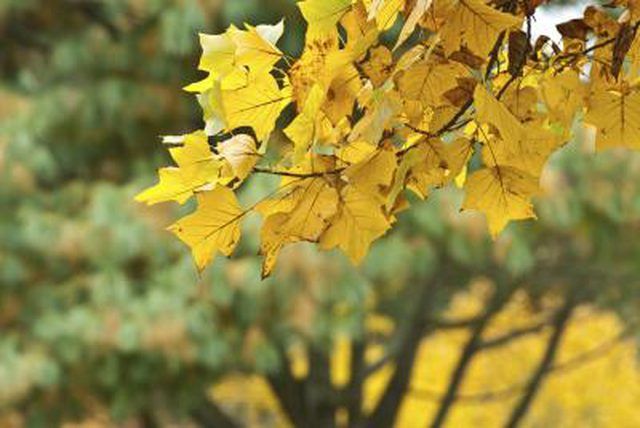
Tulip trees are one of the tallest broadleaf trees in the eastern United States. In good growing conditions, the oldest trees can be 200 feet high, but typically, they are between 100 and 150 feet.
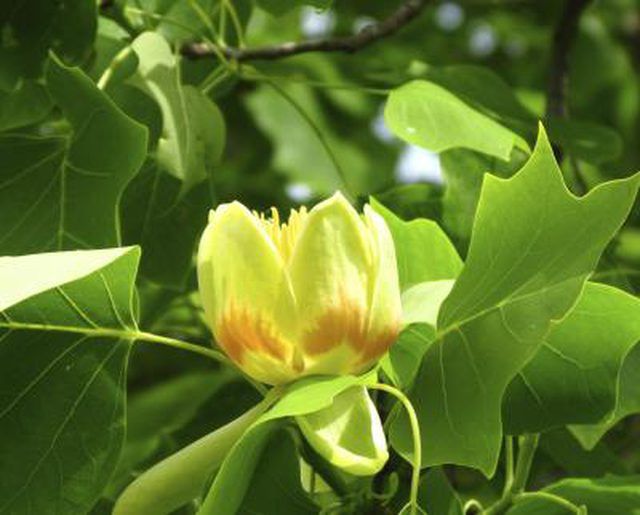
Tulip trees donít bloom for their first 15 years, but once they start, they can continue blooming until the end of their life span. Although some trees can live to 300 years, the average life span is between 200 and 250 years.
